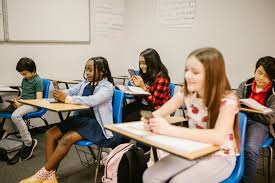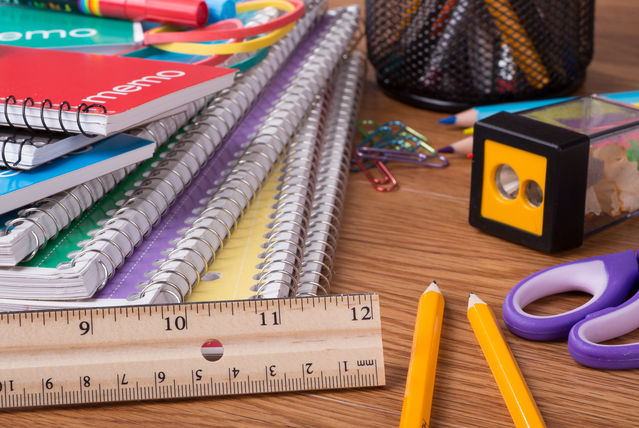
Do you ever wonder how effective school policies are when it come to managing cell phone usage during school hours? Consequently, cell phone use in schools significantly impacts students’ learning, interactions, and well-being. Phones can distract students, leading to lower grades and missed lessons, while also increasing anxiety, fostering bullying, and creating feelings of exclusion. Without consistent policies, teachers often spend more time managing phone-related issues than teaching.
Observations reveal frequent phone use during class, especially during unstructured periods. In a freshman physics class, 4 out of 21 students were on their phones within one minute, increasing to six after ten minutes. One student emphasized during instruction, “This classroom is bad, it has no service.” During flex time in an Intermediate Transitional Algebra class, 12 of 16 students were initially on their phones, growing to 13 shortly after. It was brought to the fact that this class is normally a cohort class that makes sure to always pay attention instead of getting off task on their phones. Similarly, in a self-paced 10th-grade Foundations and Computer Science class, 12 of 26 students used their phones during flex time.
Student interviews show varied phone usage. Freshmen like Matthew Pyanilla reported using their phones for about two hours daily, while Enoch Adeyemi estimated five to six hours. Sophomore Eugene Amardi’Frimpong admitted spending 60% of the school day on his phone, whereas Landon Hart estimated only 15%. Juniors like Petra Tabapsi and Avery Clements frequently used TikTok during school, while Ivana Sagbo and Alexia Madilo spent one to two hours on messaging apps. Throughout the interviews, it was now a known fact that phones are deeply integrated into students’ routines.
Teachers and students shared differing views on the academic impact of phones. Teacher, Aaron Miles observed that students rush through work to return to their phones. VP Roger Rich mentioned phones contribute to distractions and occasional conflicts but noted that some teachers manage them effectively through classroom-specific rules. Students like Kyan Oginga and Klein Mcmens felt phones didn’t harm their academic or athletic performance, reflecting the varied influence of phones based on habits and priorities.
Policies for managing phones are inconsistent. Administrator Jason Lininger highlighted the lack of a unified school-wide approach and called for more collaboration among students, teachers, and parents. Students suggested teachers model reduced phone use themselves. Lininger emphasized, “They aren’t gonna go away anytime soon so we need to find a way how to use them in the classroom.”
While unregulated phone use disrupts learning, thoughtful integration can enhance engagement. Clear, consistent policies are essential, balancing restrictions with productive use. Teachers should limit their own phone use during class and receive support to incorporate phones into lessons meaningfully. Temporary measures like “phone-free” zones or storage systems can minimize distractions while long-term strategies, including digital literacy education, foster responsible use. Collaboration among all stakeholders is crucial to turning phones into tools for learning rather than distractions.






























